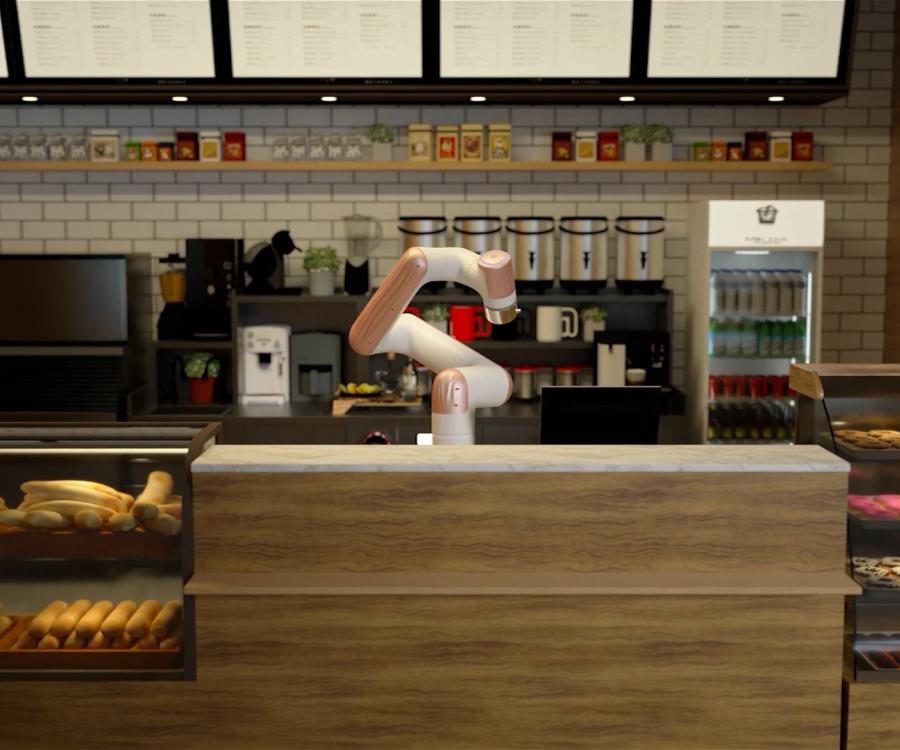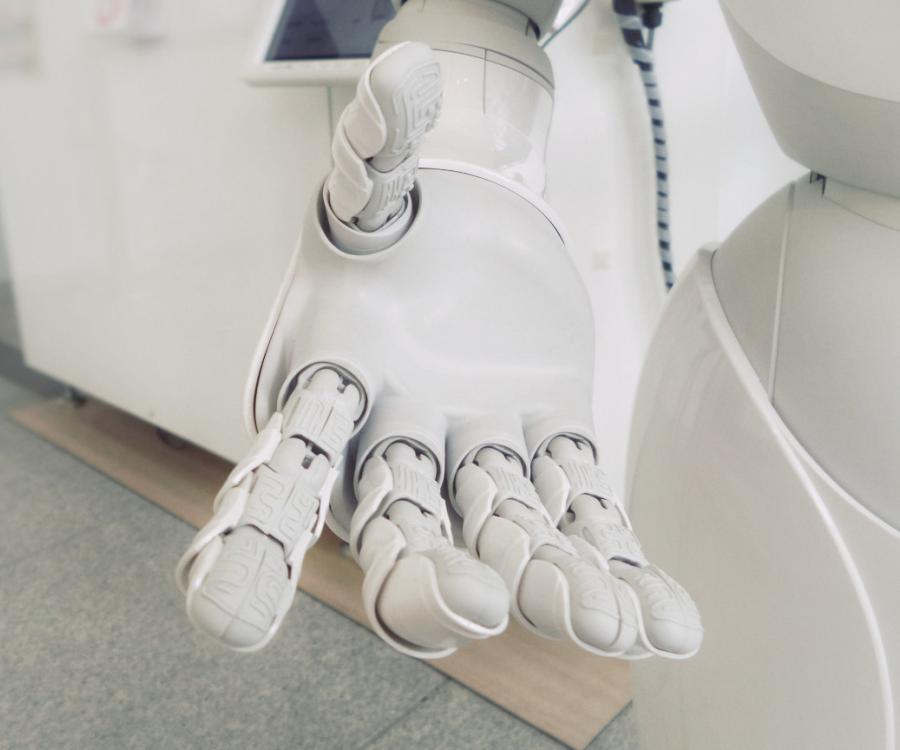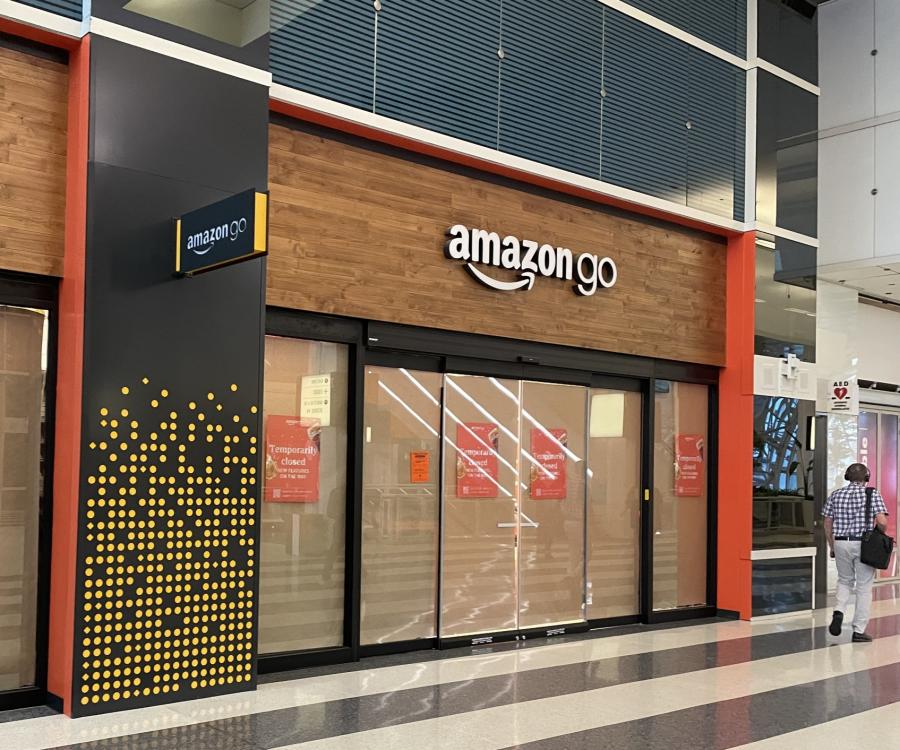
The operational stock of industrial robots hit a new record of about 3 million units worldwide – increasing by 13% on average each year (2015-2020). The International Federation of Robotics analyzes the top 5 trends shaping robotics and automation around the globe.
“Transformation for robotic automation is picking up speed across traditional and new industries,” says Milton Guerry, President of the International Federation of Robotics.
1 – Robots adopted by new industries
Segments that are relatively new to automation are rapidly adopting robots. Consumer behavior is driving companies to address demand for personalization of both products and delivery.
The e-commerce revolution was driven by the pandemic and will continue to accelerate in 2022. There are thousands of robots installed worldwide today that did not exist in this segment just five years ago.
In an effort to address labor shortages, companies that have not previously considered automation will reconsider. Businesses that rely on service workers, such as retail and restaurants, are unable to fill job openings, and as a result, we can expect to see them invest in automation to meet patrons’ needs. Relatively new robotics customer industries like delivery and logistics, construction, agriculture and many more benefit from technologies advancing by the day.
2 – Robots easier to use
Implementing robots can be a complex task, but new generations of robots are easier to use. There is a clear trend towards user interfaces that allow simple icon-driven programming and the manual guidance of robots. Robot companies and some 3rd party suppliers are bundling hardware packages together with software to ease implementation.
The trend for low-cost robotics also comes with easy setup and installation, with specific applications pre-configured in some instances. Suppliers offer standard programs combined with grippers, sensors, and controllers. App stores provide program routines for various applications and support lower-cost robot deployment.
3 – Robots and humans up-skilling
More and more governments, industry associations, and companies are seeing the need for basic robot and automation education at an early stage for the next generation. In addition to the training of workers in-house, external education routes can enhance staff learning programs. Robot manufacturers like ABB, FANUC, KUKA, and YASKAWA all register between 10,000 and 30,000 participants in their robot classes across more than 30 countries every year.
4 – Robots secure production
Trade tensions and COVID-19 are driving manufacturing back closer to the customer. Supply-chain issues lead companies to consider nearshoring with automation as a solution.
One particularly revealing statistic from the US shows how automation is helping businesses get back to business: According to the Association for Advancing Automation (A3), robot orders in the United States in the third quarter of 2021 were up 35% over the same period in 2020.
And this record growth isn’t just robotics either—machine vision, motion control, and motors are also seeing big increases.
5 – Robots support digital automation
In 2022 and beyond, we see an emphasis on data as key enablers of future manufacturing. Data collected from intelligently automated processes will be analyzed by producers to make more informed decisions. With a robot’s ability to share tasks and learn through AI, companies can also adopt intelligent automation more easily.
AI for robotics is maturing and learning robots are becoming mainstream. The industry is past the pilot phase, and we can expect to see a larger deployment of these technologies in 2022.









